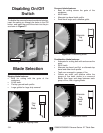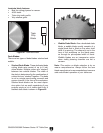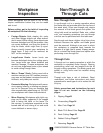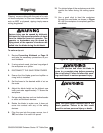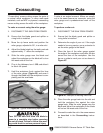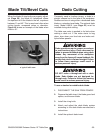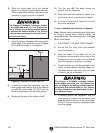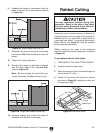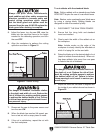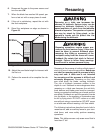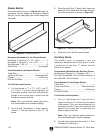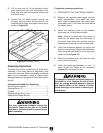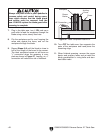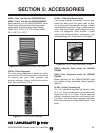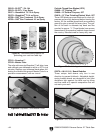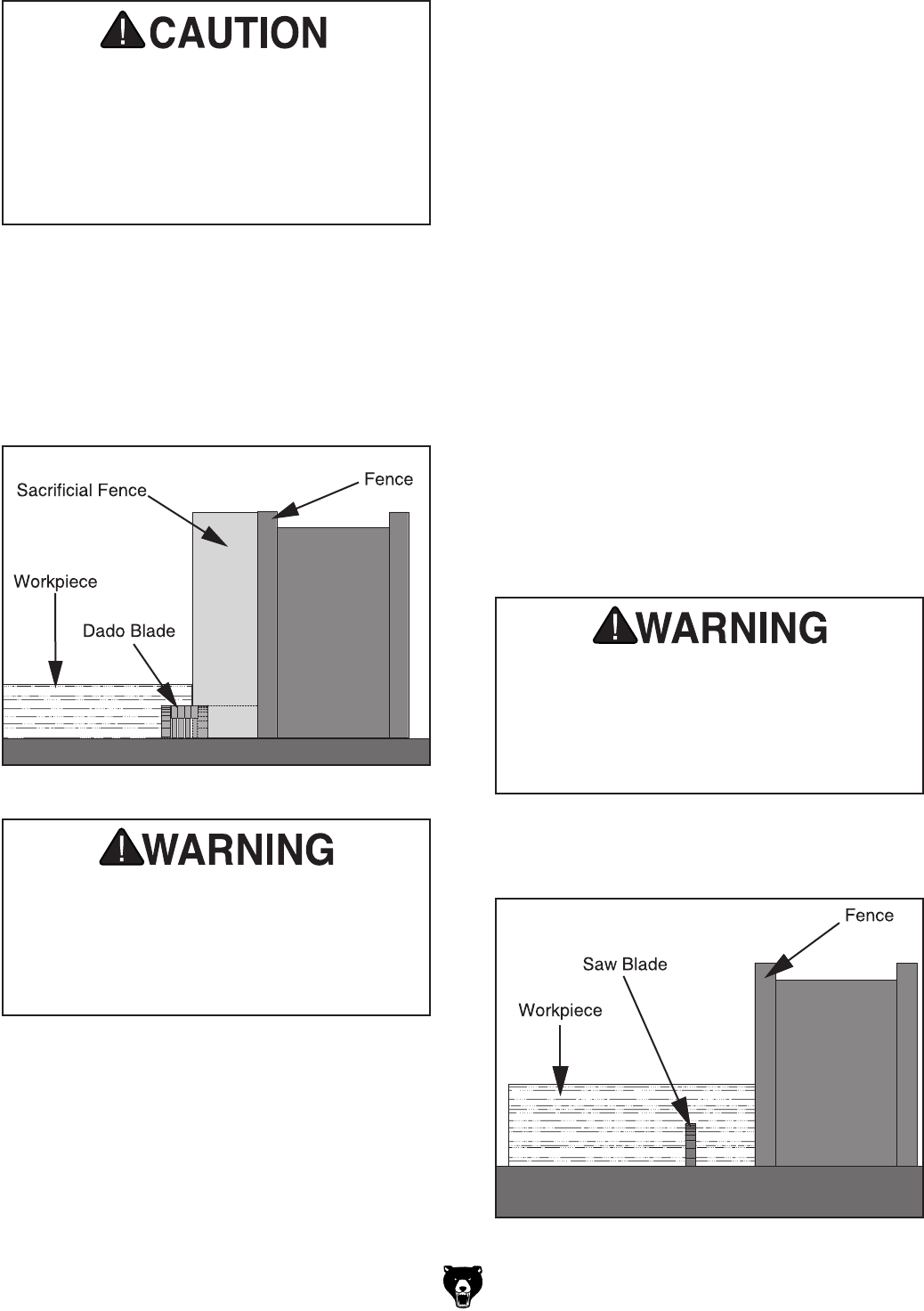
-38-
G0605X/G0606X Extreme Series 12" Table Saw
Figure 51. Rabbet cutting.
7. Reconnect the saw to the power source and
turn the saw
ON.
8. When the blade has reached full speed, per-
form a test cut with a scrap piece of wood.
9. If the cut is satisfactory, repeat the cut with
the final workpiece.
The danger of kickback increases relative
to the depth and width of a cut. Reduce the
risk of kickback by making multiple passes
to achieve the desired depth of cut. Failure
to follow these warnings could result in seri
-
ous personal injury.
5. Adjust the fence, turn the saw ON, raise the
blade into the sacrificial fence to the height
needed for the rabbeting operation, and turn
the saw
OFF.
6. Align the workpiece to perform the cutting
operation as shown in
Figure 51.
Always use push sticks, featherboards,
push paddles and other safety accessories
whenever possible to increase safety and
control during operations which require
that the blade guard and splitter must be
removed from the saw. ALWAYS replace the
blade guard after dadoing is complete.
To cut rabbets with the standard blade:
Note: Cutting rabbets with a standard saw blade
DOES NOT require the use of a sacrificial fence.
Note: Reduce motor overloading and blade wear
by using a ripping blade. Ripping blades are
designed to clear the sawdust quickly.
1. DISCONNECT THE SAW FROM POWER!
2. Ensure that the riving knife and standard
insert are installed.
3. Clearly mark the width of the rabbet cut on
the workpiece.
Note:
Include marks on the edge of the
workpiece to clearly identify the intended cut
while it is laying flat on the saw table.
4. Raise the blade up to the desired depth of cut
(depth of rabbet channel desired).
When cut-
ting deep rabbets,
take more than one pass
to reduce the risk of kickback.
Figure 52. Rabbet cutting with a standard blade.
5. Adjust the fence so the blade is aligned with
the inside of your rabbet channel as shown in
Figure 52.
The danger of kickback increases relative to
the depth of a cut. Reduce the risk of kick
-
back by making multiple passes to achieve
the desired depth of cut. Failure to follow
these warnings could result in serious per
-
sonal injury.



